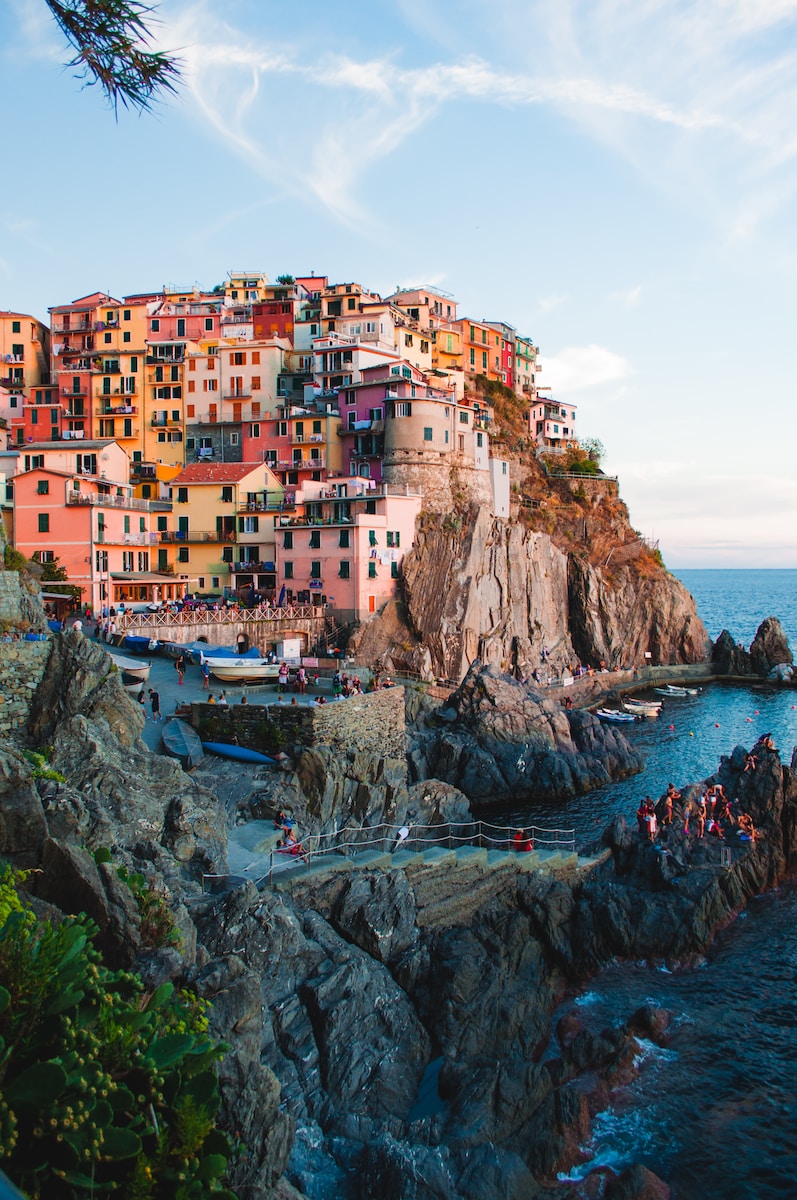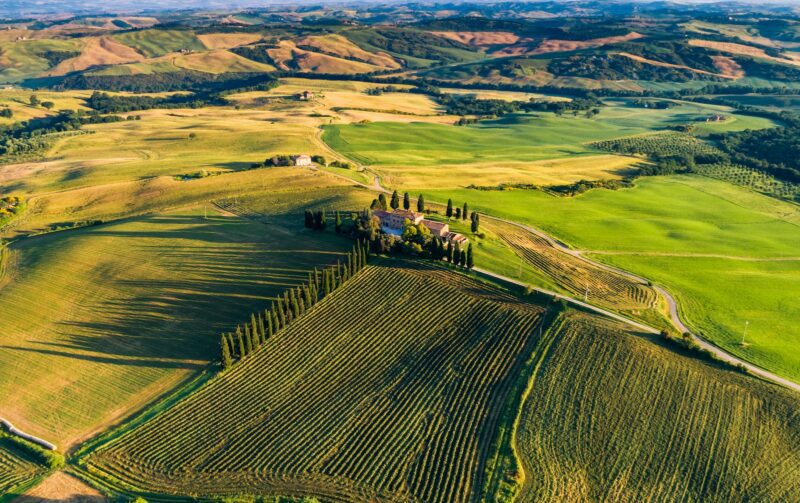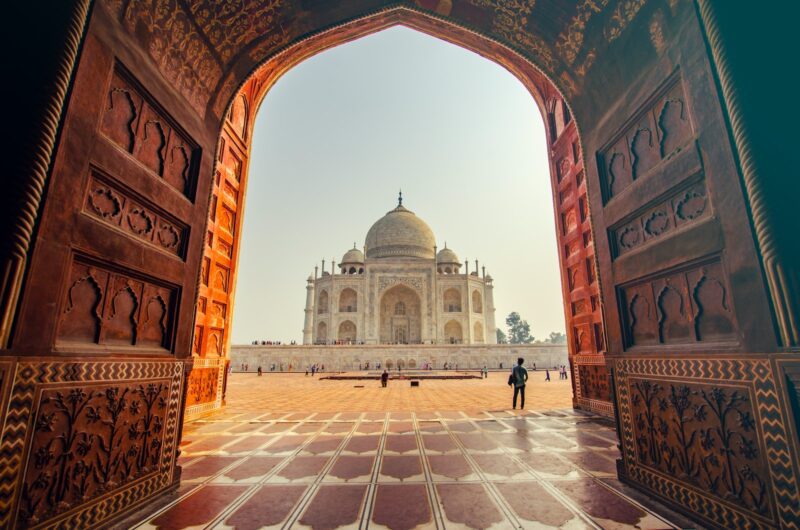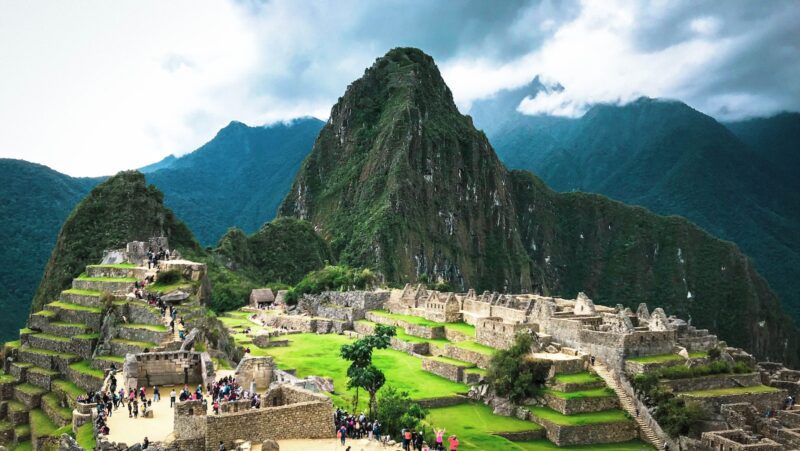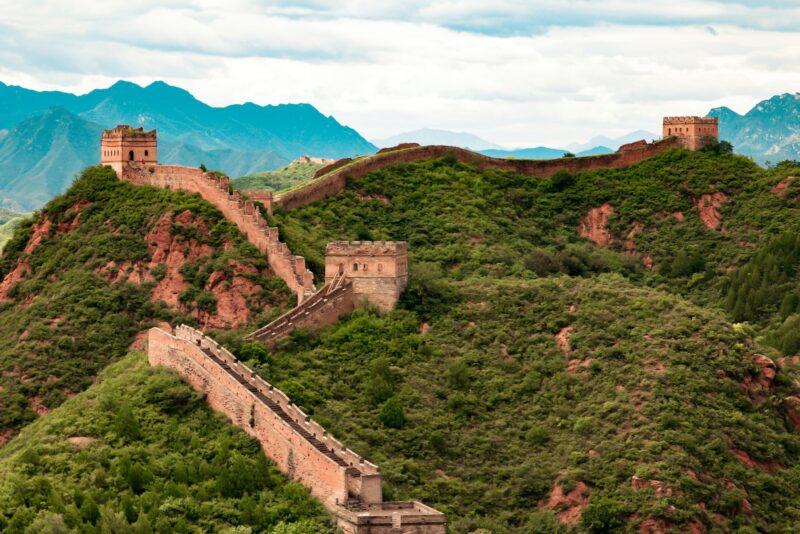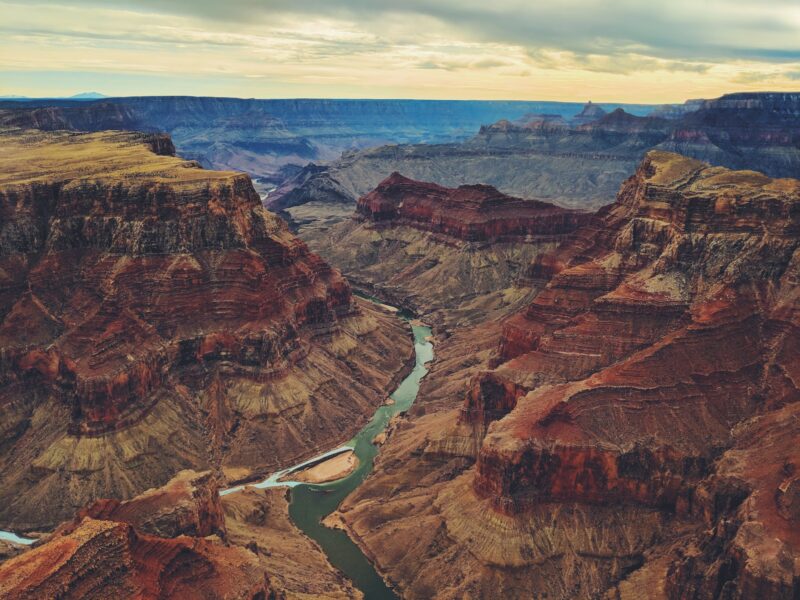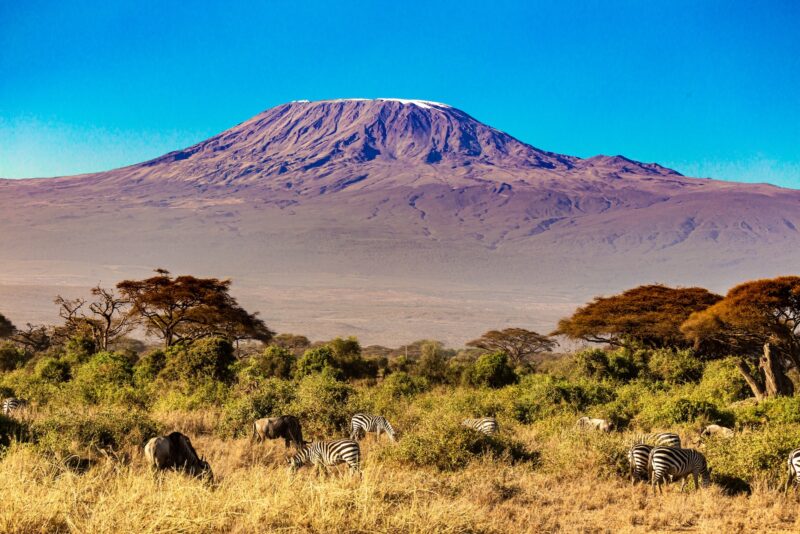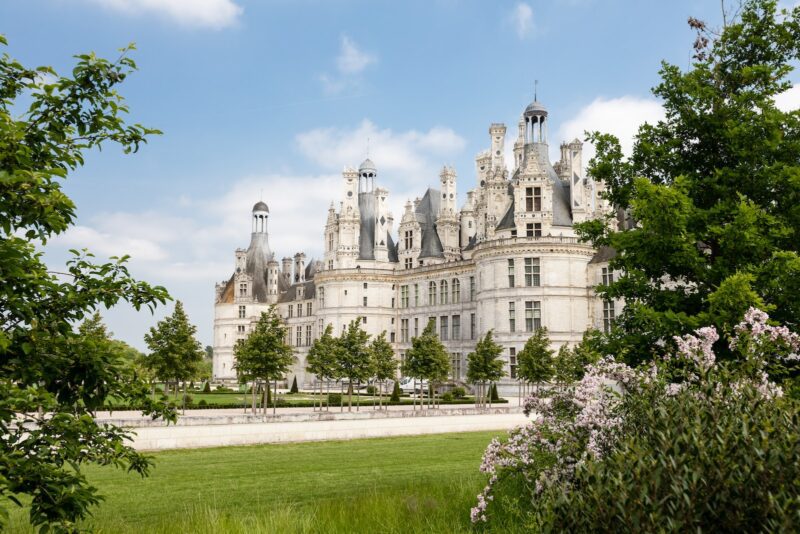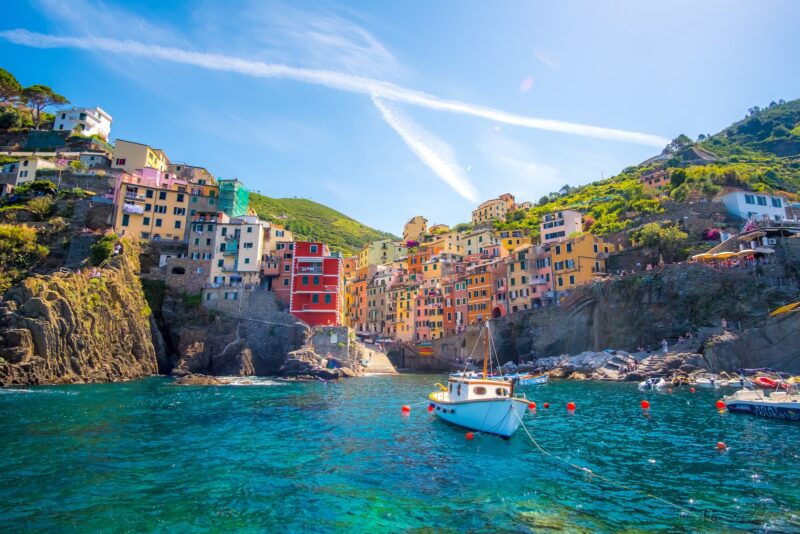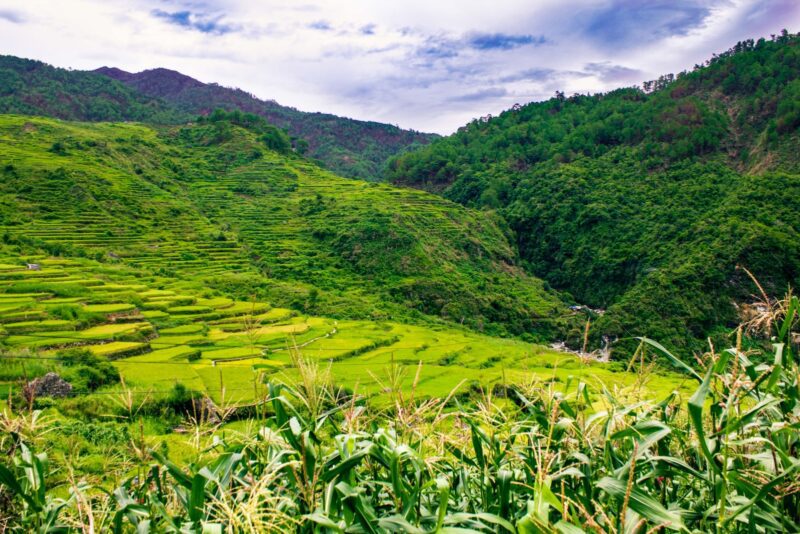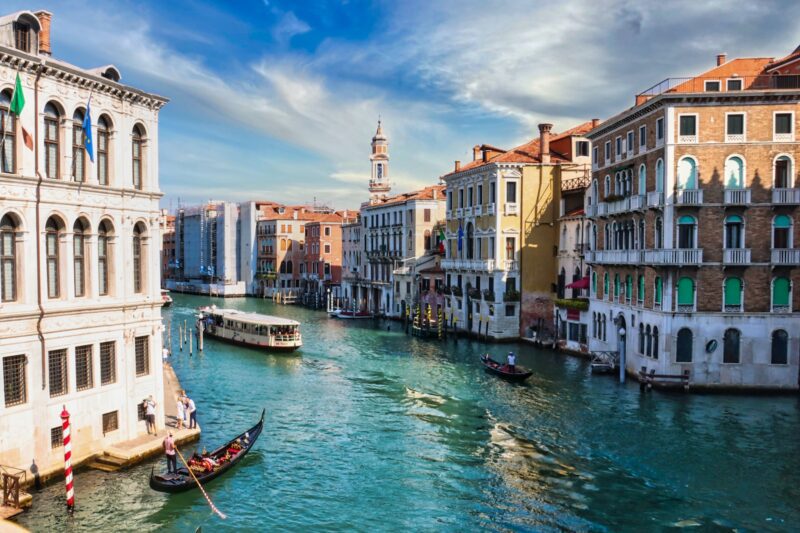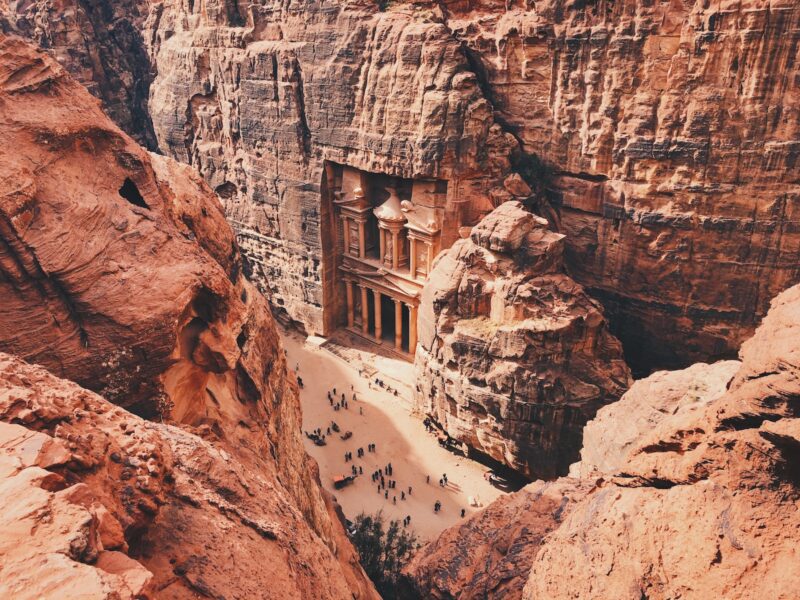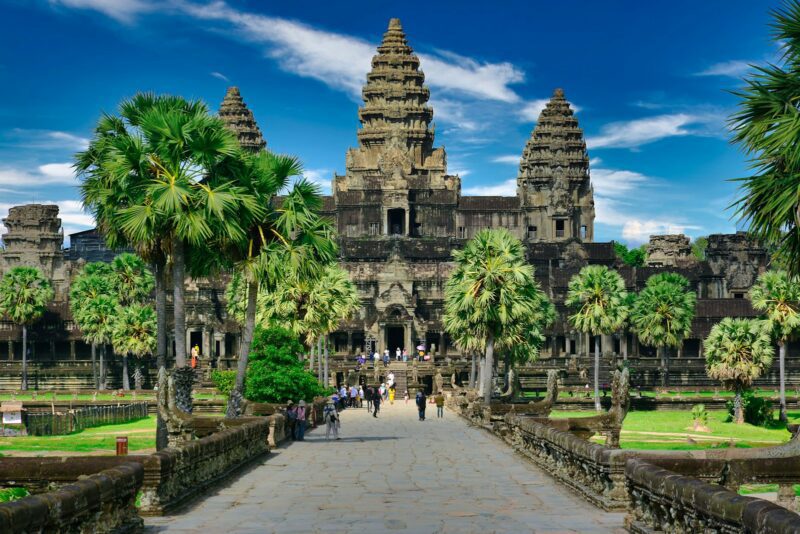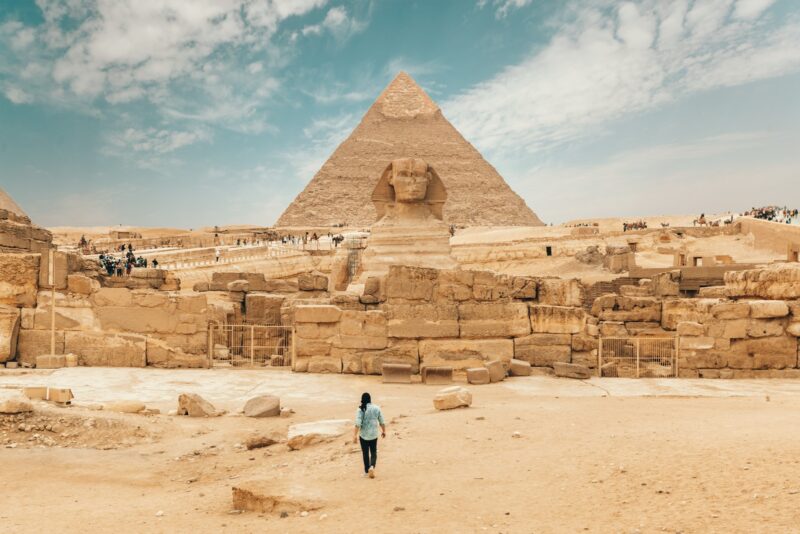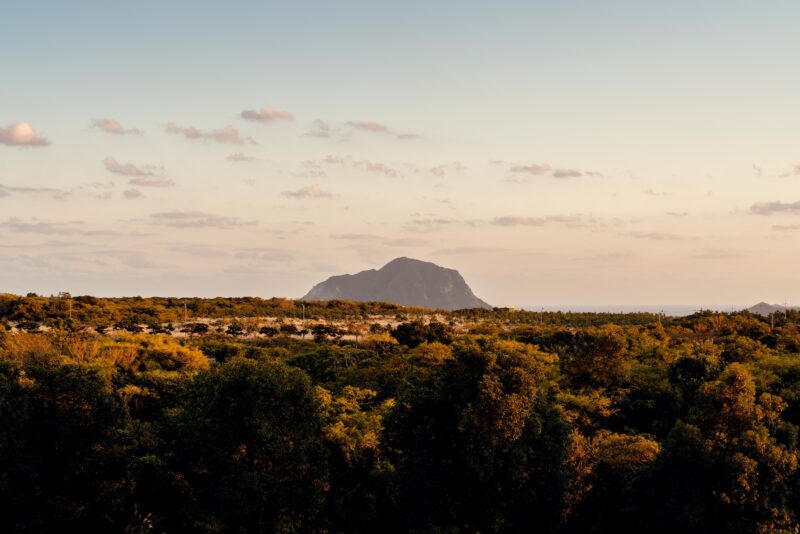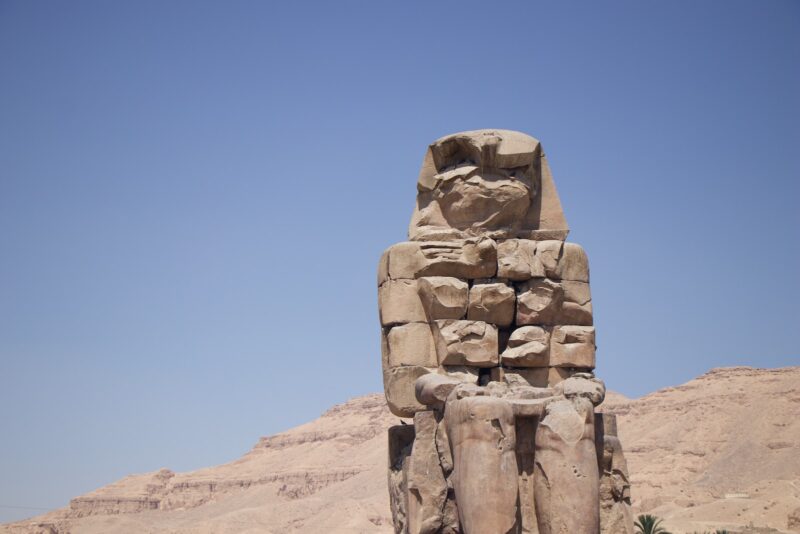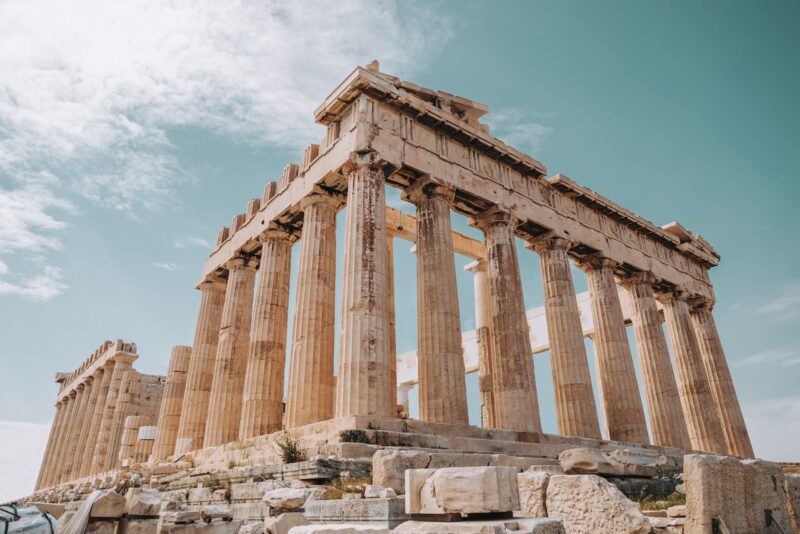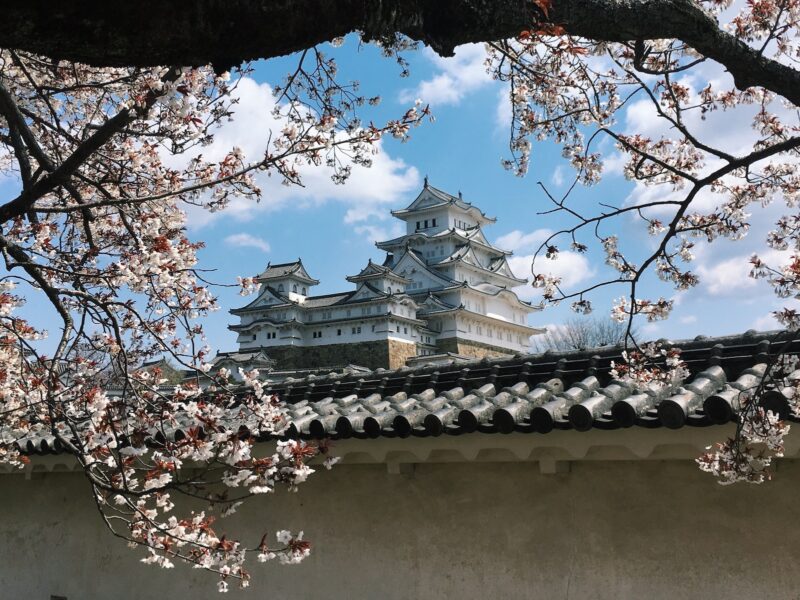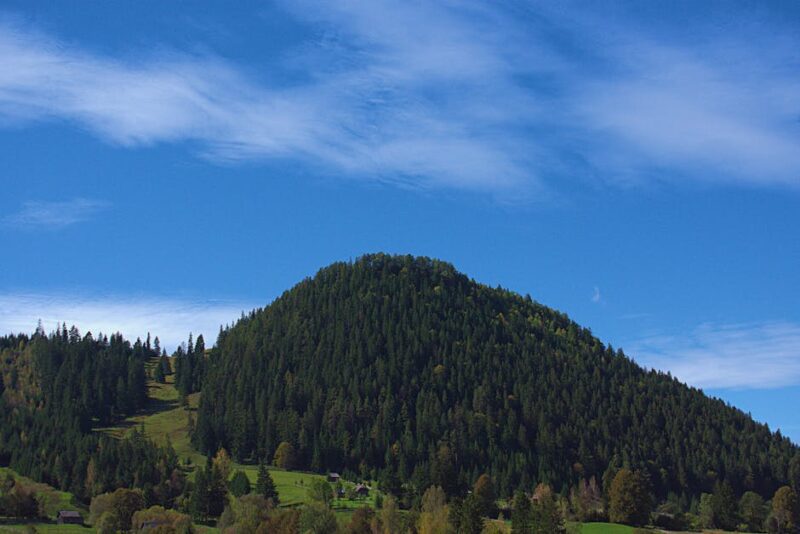UNESCO World Heritage Sites represent a legacy of incredible cultural significance and natural beauty that spans across the globe, with some locations holding such outstanding universal value they have been granted prestigious status by the United Nations Educational, Scientific, and Cultural Organization. These beautiful UNESCO sites are beacons of heritage, each telling its own unique story of humanity and the Earth. From architectural marvels and historical cities to natural wonders, these places are protected for their contribution to our collective cultural and natural wealth.
The list of beautiful UNESCO Sites is as diverse as it is extensive. It includes some of the most renowned and breathtaking locations on the planet. Whether it’s the architectural splendor of the Taj Mahal in India, the biologically rich Galápagos Islands in Ecuador, or the monumental Yellowstone National Park in the United States, each site showcases an aspect of the world’s multifaceted beauty. Visitors and locals alike are often left in wonder at the diverse expressions of culture and the majesty of the natural world found at these beautiful UNESCO sites.
The significance of safeguarding these treasures cannot be overstated as they are critical to preserving the tapestry of global heritage and biodiversity for future generations. While each site has its unique charm, there are those that stand out for their sheer visual splendor and cultural depth, making them some of the most beautiful UNESCO Sites to explore and appreciate. Their beauty is not just in their aesthetic appeal but also in their historical importance and the stories they carry, offering a glimpse into the grandeur of past civilizations and the splendor of the natural environment.
Table of Contents
ToggleCriteria for UNESCO World Heritage Site Status
To be recognized as a UNESCO World Heritage Site, a site must demonstrate outstanding universal value and satisfy at least one of the ten selection criteria. These criteria are categorized broadly under cultural, natural, or mixed heritage.
Cultural criteria encompass:
- Representing a masterpiece of human creative genius.
- Exhibiting an important interchange of human values.
- Bearing unique or exceptional testimony to a cultural tradition or civilization.
Natural criteria include:
- Containing superlative natural phenomena or areas of exceptional natural beauty.
- Being an outstanding example representing major stages of Earth’s history.
- Offering significant habitats for conserving biodiversity.
Mixed heritage UNESCO sites must exhibit qualities of both cultural and natural significance.
The Operational Guidelines for the World Heritage Convention provide a detailed framework for the nomination process. Nominations must be made by States Parties with properties they consider to have World Heritage value.
The rigorous evaluation process also involves advisory bodies such as the International Council on Monuments and Sites (ICOMOS) and the World Conservation Union (IUCN), who assess the sites’ fulfillment of the criteria.
Meeting these criteria ensures the protection and preservation of the world’s cultural and natural heritage, allowing future generations to inherit and appreciate these treasures. For a deeper insight into the selection criteria, one may explore the comprehensive guidelines provided by the UNESCO World Heritage Centre.
Beautiful UNESCO Sites: Architectural Marvels
The UNESCO Sites list is adorned with structures that are not only historically significant but also represent incredible feats of architecture. Each of these landmarks stands as a testimony to human creativity and engineering excellence.
The Taj Mahal: A Symbol of Love
The Taj Mahal in India is revered for its spectacular white marble façade and intricate craftsmanship. The construction of the Taj Mahal began in 1631 and was completed in 1648. This magnificent monument was honored with the prestigious designation of a UNESCO World Heritage Site in 1983. It was constructed by Emperor Shah Jahan in memory of his beloved wife, its architectural precision and opulent design epitomize Mughal architecture. No wonder it continues to be a source of awe and inspiration globally.
Machu Picchu: The Lost City of the Incas
Perched high in the Andes, Machu Picchu is a striking testament to Incan ingenuity. Machu Picchu was built during the mid-15th century, around 1450. This awe-inspiring archaeological site was recognized as a UNESCO World Heritage Site in 1983. These well-preserved ruins reflect a seamless integration of architecture with its natural surroundings, offering insight into the urban planning and agricultural acumen of the ancient Inca civilization.
The Great Wall of China: A Monumental Defense
Spanning thousands of miles, The Great Wall of China represents one of the most staggering defensive structures ever built. The construction of the Great Wall of China began over 2,000 years ago, with various sections being built and rebuilt from the 5th century BC to the 16th century. It was inscribed as a UNESCO World Heritage Site in 1987. The wall showcases the impressive military engineering of ancient Chinese dynasties and continues to stand proudly as a symbol of resilience and strategic fortification.
Beautiful UNESCO Sites: Natural Wonders
Spanning continents and embodying unique geological features, natural wonders listed as beautiful UNESCO Sites captivate with their breathtaking beauty and significance.
The Grand Canyon: A UNESCO Marvel
Location: United States
Notable for: Geological history and vast panoramic views
The Grand Canyon, a natural wonder of unparalleled beauty, was designated as a UNESCO World Heritage Site in 1979. It was naturally carved by the Colorado River over a vast amount of time and remains an awe-inspiring natural phenomenon. Its immense scale and its strata tell the story of Earth’s geological history.
Great Barrier Reef: A Underwater Paradise
Location: Australia
Notable for: Biodiversity and coral systems
The Great Barrier Reef, a marvel of natural beauty, was inducted as a UNESCO World Heritage Site in 1981. The Great Barrier Reef holds the distinction of being the largest coral reef system in the world, home to an abundant array of marine life. This underwater paradise is a hotspot for biodiversity and marine studies.
Mount Kilimanjaro: Africa’s Majestic Peak
Location: Tanzania
Notable for: Highest free-standing mountain and diverse ecosystems
Mount Kilimanjaro stands as Africa’s tallest peak and a beacon for adventurers and nature enthusiasts alike. Its slopes support a range of ecosystems from savannah at its base to alpine desert and glaciers at its summit. It was recognized as a UNESCO World Heritage Site in 1987.
Beautiful UNESCO Sites: Cultural Landscapes
Cultural landscapes represent the combined works of nature and humankind, illustrating the evolution of human society over time. They are tangible reflections of the diverse ways societies have adapted their natural environments.
The Loire Valley in France – A Picturesque Cultural Landscape
The Loire Valley, often referred to as the “Garden of France,” is renowned for its historic villages, splendid chateaux, and rich agricultural land. Vineyards and orchards line the banks of the river Loire, underscoring the intimate relationship between the landscape and its inhabitants. The Loire Valley was designated as a UNESCO World Heritage Site in 2000.
Cinque Terre in Italy – A Vibrant Cultural Landscape
Cinque Terre in Italy showcases a rugged coastal landscape adorned with terraces that have been cultivated over the centuries. This area is a stellar example of how people have skilfully modified a steep, inhospitable terrain into one of the most picturesque landscapes in the world. Cinque Terre, with its charming coastal villages and breathtaking scenery, was inscribed as a UNESCO World Heritage Site in 1997
Rice Terraces of the Philippine Cordilleras – An Ingenious Cultural Landscape
In the Philippines, the Rice Terraces of the Cordilleras illustrate a remarkable use of difficult terrain. These centuries-old terraces reflect the ingenuity of the Ifugao people, who built them to grow rice without disrupting the natural contours of the hills. The Rice Terraces of the Philippine Cordilleras were honored as a UNESCO World Heritage Site in 1995.
Beautiful UNESCO Sites: Historic Cities
The fabric of history is best experienced through its ancient cities, where the past is etched into every street and structure. This section explores some of the world’s most captivating UNESCO sites within historic city centers.
Venice and its Lagoon – A UNESCO Treasure
Venice, an awe-inspiring city built on water, is a marvel of engineering and delicate artistry. Its lagoon reflects a symphony of Gothic and Byzantine architectures, making it a living testament to the city’s former maritime power. The lagoon and its network of canals offer a romantic backdrop to the Renaissance and Baroque facades adorning the city. Venice and its Lagoon were inscribed as a UNESCO World Heritage Site in 1987.
Prague Historic Centre – Bohemia’s Heart
The Historic Centre of Prague presents an impeccable blend of medieval, Gothic, Baroque, and Renaissance architecture. Prague’s iconic Charles Bridge and Prague Castle punctuate the skyline, while the Old Town Square with its Astronomical Clock strikes a balance between historic charm and cultural vivacity. The Historic Centre of Prague, with its remarkable architectural and cultural heritage, was inscribed as a UNESCO World Heritage Site in 1992, recognizing its outstanding universal value to humanity.
Beautiful UNESCO Sites: Ancient Ruins
The ruins of ancient civilizations hold magnificent tales of human history. These beautiful UNESCO Sites offer a window to the past through their enduring structures and artifacts.
Petra: The Rose-Red City
Petra, the ancient city carved into the rose-red cliffs of Jordan, was designated as a UNESCO World Heritage Site in 1985. Carved directly into vibrant red sandstone, Petra is Jordan’s most famous archaeological site. This city was the capital of the Nabatean kingdom around the 4th century BC and is known for its rock-cut architecture and water conduit system.
Angkor Wat: Temple Complex Masterpiece
The temple complex of Angkor Wat in Cambodia is the world’s largest religious monument. It was originally constructed as a Hindu temple for the god Vishnu, eventually transforming into a Buddhist temple by the end of the 12th century. Angkor Wat was honored as a UNESCO World Heritage Site in 1992.
Pyramids of Giza: Monuments to Eternity
The Pyramids of Giza in Egypt are some of the most iconic structures of the ancient world, serving as royal tombs for pharaohs. The Great Pyramid, built for Pharaoh Khufu, is the oldest and largest, standing as the last of the Seven Wonders of the Ancient World. The Pyramids of Giza, one of the most iconic and enduring marvels of ancient civilization, were inscribed as a UNESCO World Heritage Site in 1979.
Beautiful UNESCO Sites: Significant Geological Formations
The United Nations Educational, Scientific and Cultural Organization (UNESCO) has recognized numerous natural sites for their outstanding geological formations. These formations are not only scientifically significant but also possess a striking beauty that captivates visitors from around the globe.
Halong Bay: A UNESCO Geological Marvel
Halong Bay, located in the Gulf of Tonkin in Vietnam, is renowned for its emerald waters and thousands of towering limestone islands topped with rainforests. Geological studies suggest that these karst formations have gone through 500 million years of development involving different geological conditions and environments. Halong Bay is a prime example of a limestone karst landscape developed under tropical wet conditions.
Dorset and East Devon Coast: The Jurassic Coast
The Dorset and East Devon Coast, known as the Jurassic Coast, offers a walk through time with ancient geological features. The Jurassic Coast, a stunning stretch of coastline in southern England, was designated a UNESCO World Heritage Site in 2001. It spans the Triassic, Jurassic, and Cretaceous periods, providing an almost continuous record of the Earth’s history during that time. The coastline exhibits exceptional geological features, such as fossil-rich cliffs, spectacular rock formations, and significant geomorphologic and landform features.
Jeju Volcanic Island: A Geological Treasure
Jeju Volcanic Island, off the coast of South Korea, is a testament to volcanic activities creating extraordinary geological formations. Here, visitors can find the Hallasan shield volcano, which is the highest mountain in South Korea, and other geological features like lava tubes and tuff cones. This UNESCO Heritage Site is particularly significant for its well-preserved volcanic structures and the variety of its volcanic features. Jeju Island was inscribed as a UNESCO World Heritage Site in 2007.
Beautiful UNESCO Sites with Enduring Traditions
The beautiful UNESCO Sites that manifest enduring traditions stand as a testament to a rich, cultural past that continues to echo through time. These beautiful UNESCO sites are renowned for their historical significance and the longstanding customs and architectural genius they represent.
Memphis and its Necropolis – An Ancient Egyptian Marvel
Memphis, Egypt’s first capital, is home to a complex of ancient monuments which embody its legacy. Memphis and its necropolis – the Pyramid Fields from Giza to Dahshur in Egypt – were inscribed as UNESCO Sites in 1979. The site houses the Giza Pyramids and the Sphinx, structures that were once part of the ancient city. They demonstrate the enduring traditions of Egyptian mortuary practices and the society’s architectural ingenuity that has withstood millennia.
Acropolis, Athens – The Cradle of Western Civilization
The Acropolis of Athens is a symbol of the enduring traditions of ancient Greece, showcasing temples such as the Parthenon that are masterpieces of classical architecture. This citadel illustrates the advanced urban planning of the time and serves as a potent emblem of Western civilization’s foundation. The Acropolis, was designated as a UNESCO World Heritage Site in 1987.
Himeji Castle – A Feudal Heritage
Himeji Castle in Japan is one of the finest surviving examples of early 17th-century Japanese fortress architecture. Its ingenious defensive and architectural design allows insight into the enduring traditions of the feudal period and the aesthetics of Japanese castle construction. Himeji Castle was recognized as a UNESCO World Heritage Site in 1993.
Contribution to World Heritage Preservation
The preservation of UNESCO sites is a global priority, as these sites are invaluable assets that showcase the richness of cultural or natural history. The role played by various stakeholders is pivotal in safeguarding these treasures for future generations.
International Organizations: One of the main contributors to World Heritage preservation is UNESCO. They coordinate international efforts, providing guidelines and support for conservation projects. Their work comprises securing both tangible and intangible facets of heritage, which has greatly evolved to include not just monumental structures but also traditions and natural landscapes.
National and Local Governments: They contribute significant resources towards the upkeep and restoration of UNESCO sites within their jurisdiction. For example, after the siege of Dubrovnik, the Croatian government allocated substantial funds annually for restoration, supplemented by a donation from UNESCO and other organizations.
Community Involvement: Local communities often play an equally crucial role. Their engagement ensures that conservation methods resonate with the local culture and traditions. This participatory approach has been instrumental in some of UNESCO’s preservation successes.
Biological Diversity: In terms of natural heritage, UNESCO sites act as sanctuaries for biodiversity. The concerted efforts in these areas not only protect landmarks but also the diverse species residing therein, highlighting the unique contribution of these beautiful UNESCO sites to biodiversity conservation.
In the protection of UNESCO Sites, the fusion of international aid with local initiatives creates a powerful stance against the threats these UNESCO sites face, thus maintaining the legacy of humanity’s and nature’s great spectacles.
Frequently Asked Questions
The wonders of beautiful UNESCO Sites captivate global audiences with their exceptional cultural significance and natural beauty. These locations have garnered acclaim for their outstanding universal values, drawing in both travelers and admirers of heritage from across the world.
What are some of the top-ranked UNESCO Sites globally?
Among the most esteemed and beautiful UNESCO Sites, one can find the architectural marvel of the Taj Mahal in India, which showcases the pinnacle of Mughal artistry. The diverse landscapes of Yellowstone National Park in the United States also hold a place of honor as the world’s first national park, captivating with its geothermal wonders and vast biodiversity.
What characteristics do the most beautiful UNESCO Sites share?
The most beautiful UNESCO Sites are often distinguished by their remarkable aesthetics and the intrinsic connection between culture and nature. Locations like the Serengeti National Park in Tanzania, designated for its extensive wildlife and untouched landscapes, illustrate the harmony between ecological and aesthetic values that UNESCO upholds.



